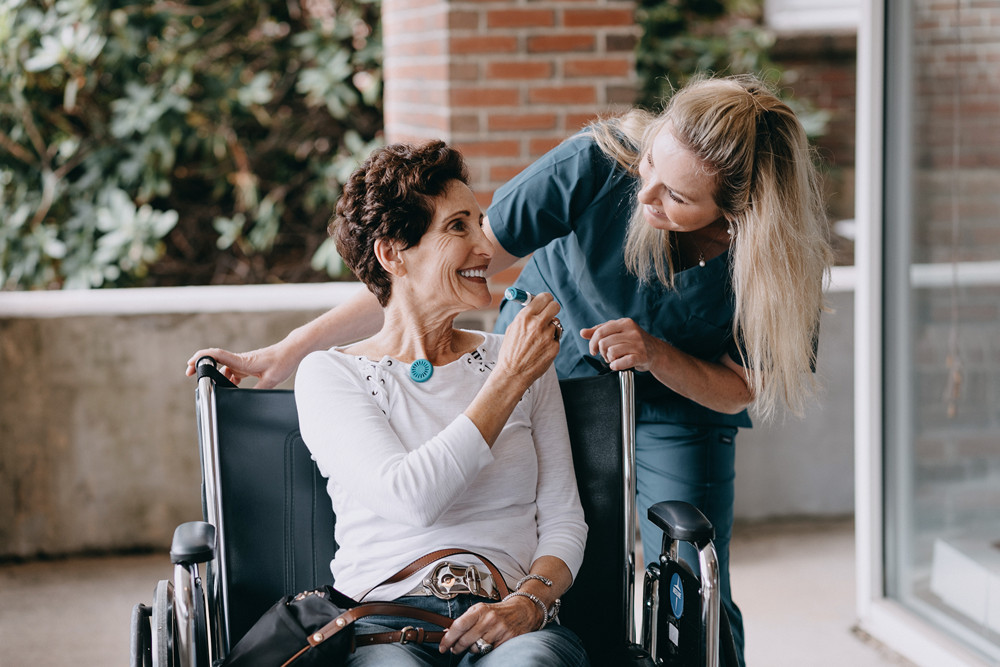Most medical professionals are keenly aware of the Joint Commission, one of the largest and oldest accrediting bodies in health care, and its influence on keeping US health care facilities in line with the highest standards of healthcare practices. Meeting these standards is crucial for most hospitals, since Joint Commission accreditation is required for reimbursement from third party insurers, such as medicare. In 2019, the Joint Commission is focused on implementing a culture of patient safety. Mark R. Chassen, president of the Commission, confirms the need for greater safety measures within traditional hospitals and care facilities, stating that, “in a healthcare organization that has a fully functional safety culture, everyone in the organization is engaged in safety.”
Preventable errors in hospitals and other health care facilities now rank as the third leading cause of death in America, over 400,000 people per year (1), a figure that has more than quadrupled since 1999. A culture of safety — as well as a basic tenet of health care, “first, do no harm” — is defined as the integration of safety-related thinking and practices into clinical activities. It involves all measures and precautions made for the reduction or elimination of errors or injuries that adversely effect patients during diagnosis and treatment. This includes better error reporting systems, improved medication reconciliation protocols, and for hospitals to be open to systemic changes that may improve facility wide efficiency.
So why exactly are medical errors increasing? A single cause has not been identified, but there is ample evidence that suggests a combination of factors have contributed to the overall rise: From bad medication combinations (seen in patients with coexisting diseases, who are taking as many are 5 prescription meds or more on any given day) to an increase in overworked nurses. Studies on the effect of nurse staffing patterns on medical errors and burnout show a significant correlation between inadequate staffing and adverse patient outcomes due to medical errors.
“Burnout is basically a type of emotional exhaustion caused by an overwhelming workload.” Says Wendy Nichols. “For nurses, time pressure, lack of control of their work process, crushing workloads, long hours without breaks and a high emotional intensity all add up. In fact, a 2014 Swiss study (2) showed that nurses with burnout actually displayed cognitive impairment, such as attention and memory deficits as well as diminished vigilance – all the things that directly contribute to patient errors.”
According to Nichols, this is why it is so important for facilities to utilize low-risk nursing interventions with little to no adverse effects, in order to lower the potential for patient harm and increase the overall structure of safety within a facility.
One such alternative is the use of therapeutic inhaled essential oils, or TIEO, which has been found in multiple studies over the last decade to be a highly effective management technique for common patient conditions such as anxiety and nausea. Many researchers have concluded that inhaled essential oils, when used correctly in vapor form and through precise and hospital-approved delivery systems, may be an ideal solution for minimizing patient risk. And it works quickly: the vapor is inhaled through the nose and travels the short distance directly to the brain, where it exerts its proven anti-inflammatory, antispasmodic and anxiolytic properties.
For nurses, TIEO provides a welcome solution; there is no need to get a doctor’s order, administer a pill, insert an IV or monitor for drug interactions. Because it is a designated nursing intervention and not a drug, TIEO inhalers can be stocked as a regular supply item which don’t need to be dispensed from the pharmacy. In fact, patients can administer it themselves whenever needed, decreasing the amount of time nurses are required at the bedside. TIEO has an outstanding safety profile that allows its use with patients of any age or medical condition. Multiple studies have shown that TIEO not only improves patient outcomes, it also significantly increases satisfaction with their care.
In line with the Joint Commission’s implementation of a culture of safety, integrating complementary management options such as TIEO can improve the safety of patient care, especially when external factors like nurse burnout or complicated drug interactions, are considered. It is time for facilities to acknowledge the evidence supporting the use of integrative medicine within the traditional hospital setting, and to embrace it both for safer patient outcomes and as an innovative treatment option for staff working under complex and strained conditions.
—
Soothing Scents is the pioneer in hospital-based TIEO products and education. Created from a passion to offer safer patient treatment options, their aromatic inhalers for nausea and stress management is now used in over 1500 hospitals across the US. In 2018, Soothing Scents developed a comprehensive web-based course to provide registered nurses with evidence-based best practices for the safe use of TIEO in the health care setting. The course is accredited by the American Nurses Credentialing Center (ANCC) Magnet® and is offered free of charge. To learn more, visit https://soothing-scents.com/
—
Resources:
(1) https://www.justice.org/what-we-do/advocate-civil-justice-system/issue-advocacy/medical-errors
(2) https://psnet.ahrq.gov/resources/resource/28749

